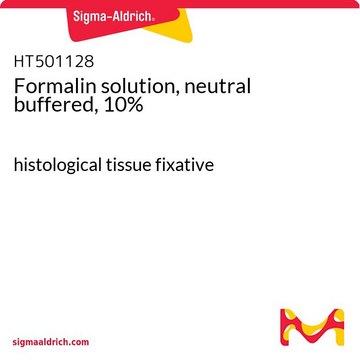Kluczowe dokumenty
33065
1-Butanol
puriss. p.a., ACS reagent, reag. ISO, reag. Ph. Eur., ≥99.5% (GC)
Synonim(y):
n-Butanol, Butyl alcohol
About This Item
Polecane produkty
klasa czystości
ACS reagent
puriss. p.a.
Poziom jakości
agency
USP/NF
reag. ISO
reag. Ph. Eur.
gęstość pary
2.55 (vs air)
ciśnienie pary
5.5 mmHg
Próba
≥99.5% (GC)
Postać
liquid
temp. samozapłonu
649 °F
granice wybuchowości
11.2 %
zanieczyszczenia
≤0.001% non-volatile matter
≤0.005% free acid (as C3H7COOH)
≤0.01% n-butylaldehyde
≤0.03% aldehydes, ketones (as C3H7CHO)
≤0.05% 2-butanol
≤0.1% di-n-butylether
≤0.1% water (Karl Fischer)
≤0.15% iso-butanol
współczynnik refrakcji
n20/D 1.399 (lit.)
pH
7 (20 °C, 70 g/L)
tw
116-118 °C (lit.)
mp
−90 °C (lit.)
gęstość
0.81 g/mL at 25 °C (lit.)
ślady kationów
Al: ≤0.5 mg/kg
B: ≤0.02 mg/kg
Ba: ≤0.1 mg/kg
Ca: ≤0.5 mg/kg
Cd: ≤0.05 mg/kg
Co: ≤0.02 mg/kg
Cr: ≤0.02 mg/kg
Cu: ≤0.02 mg/kg
Fe: ≤0.1 mg/kg
Mg: ≤0.1 mg/kg
Mn: ≤0.02 mg/kg
Ni: ≤0.02 mg/kg
Pb: ≤0.1 mg/kg
Sn: ≤0.1 mg/kg
Zn: ≤0.1 mg/kg
ciąg SMILES
CCCCO
InChI
1S/C4H10O/c1-2-3-4-5/h5H,2-4H2,1H3
Klucz InChI
LRHPLDYGYMQRHN-UHFFFAOYSA-N
Szukasz podobnych produktów? Odwiedź Przewodnik dotyczący porównywania produktów
Opis ogólny
Zastosowanie
Inne uwagi
The article number 33065-6X1L-R will be discontinued. Please order the single bottle 33065-1L-R which is physically identical with the same exact specifications.
greener alternative product
Hasło ostrzegawcze
Danger
Zwroty wskazujące rodzaj zagrożenia
Zwroty wskazujące środki ostrożności
Klasyfikacja zagrożeń
Acute Tox. 4 Oral - Eye Dam. 1 - Flam. Liq. 3 - Skin Irrit. 2 - STOT SE 3
Organy docelowe
Central nervous system, Respiratory system
Kod klasy składowania
3 - Flammable liquids
Klasa zagrożenia wodnego (WGK)
WGK 1
Temperatura zapłonu (°F)
95.0 °F - Pensky-Martens closed cup
Temperatura zapłonu (°C)
35 °C - Pensky-Martens closed cup
Certyfikaty analizy (CoA)
Poszukaj Certyfikaty analizy (CoA), wpisując numer partii/serii produktów. Numery serii i partii można znaleźć na etykiecie produktu po słowach „seria” lub „partia”.
Masz już ten produkt?
Dokumenty związane z niedawno zakupionymi produktami zostały zamieszczone w Bibliotece dokumentów.
Klienci oglądali również te produkty
Nasz zespół naukowców ma doświadczenie we wszystkich obszarach badań, w tym w naukach przyrodniczych, materiałoznawstwie, syntezie chemicznej, chromatografii, analityce i wielu innych dziedzinach.
Skontaktuj się z zespołem ds. pomocy technicznej






